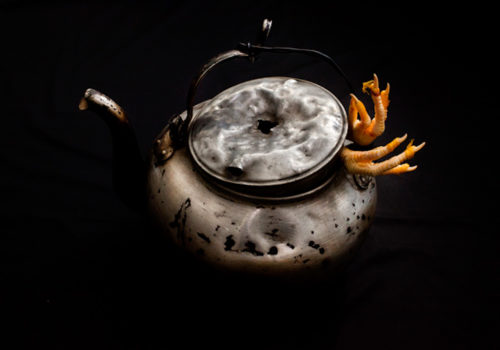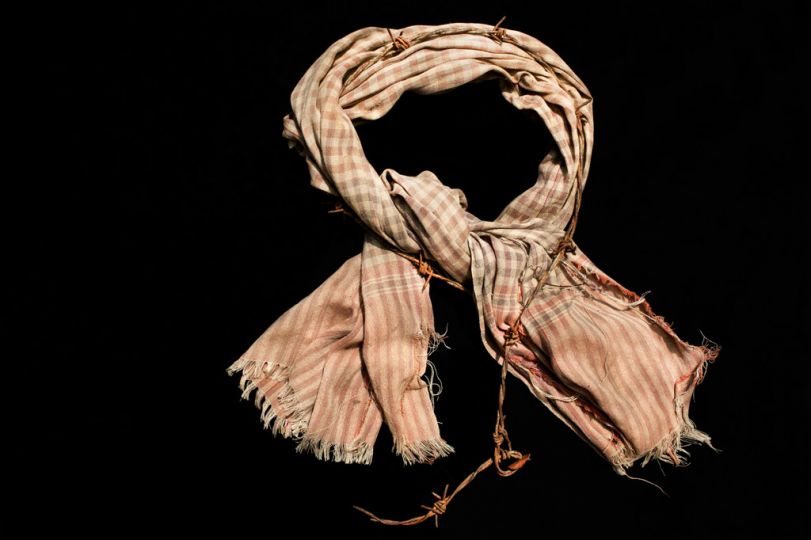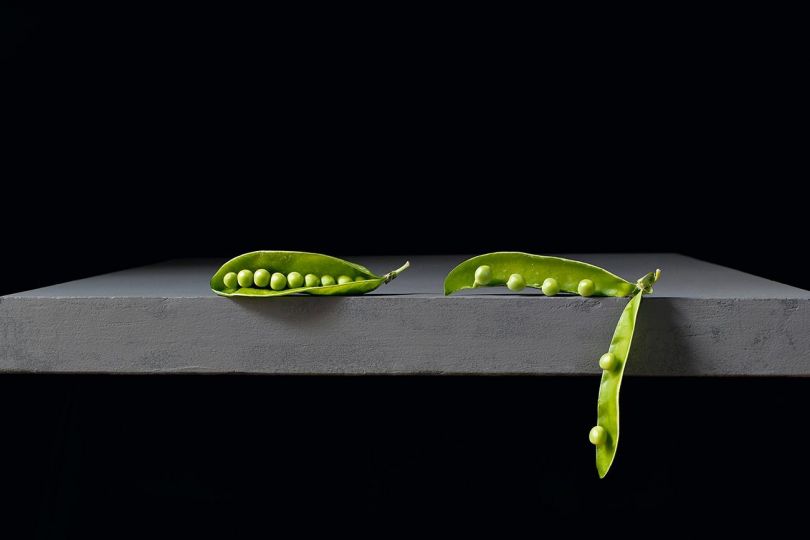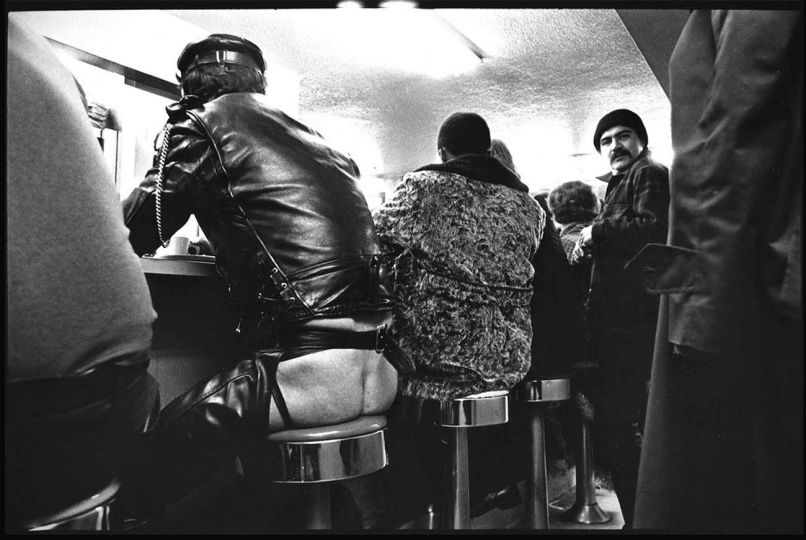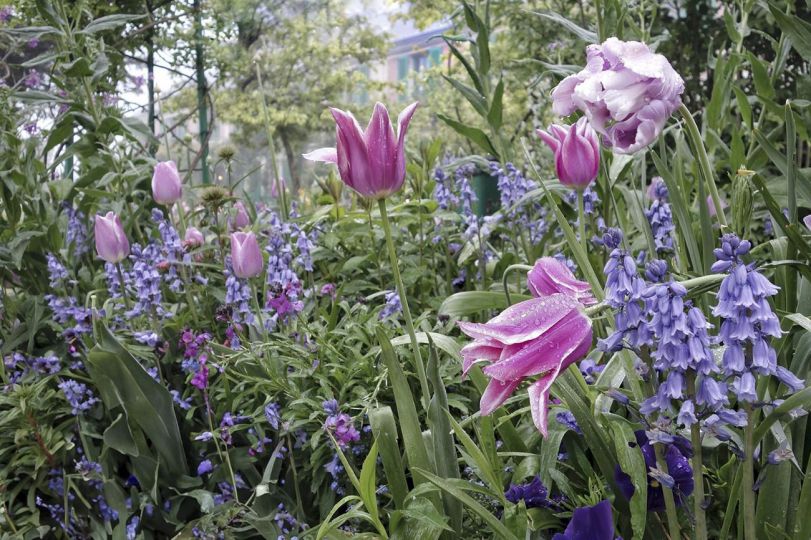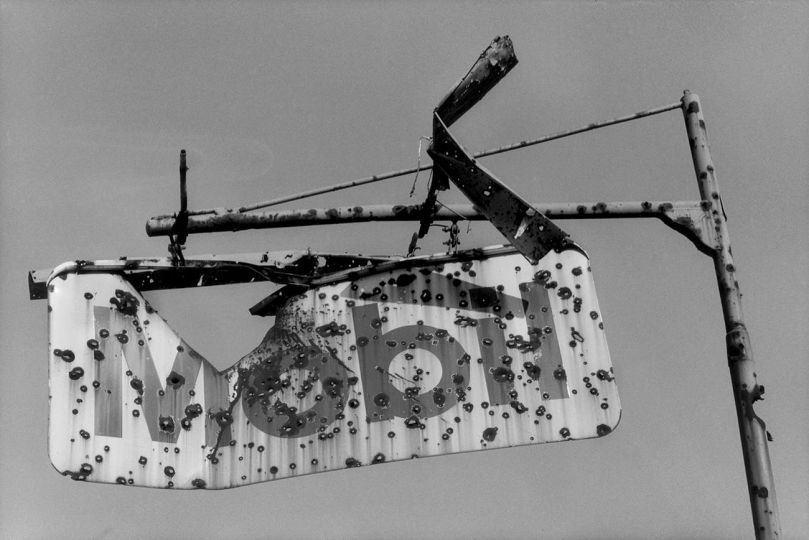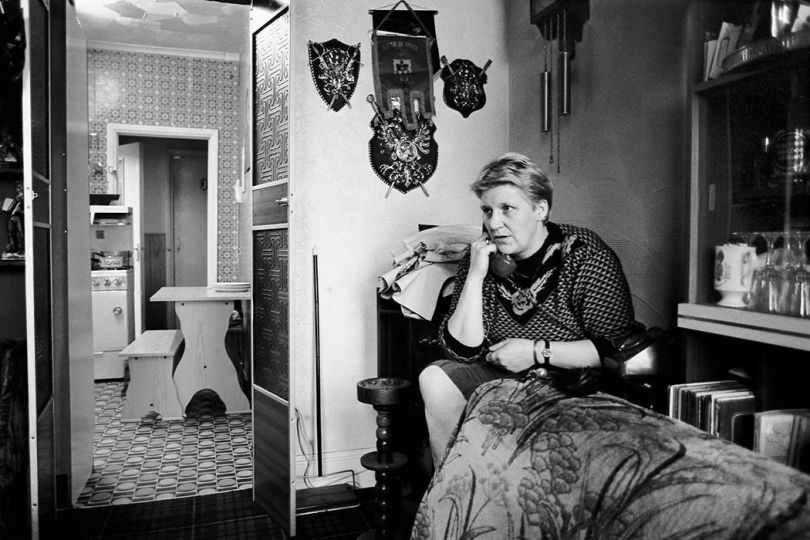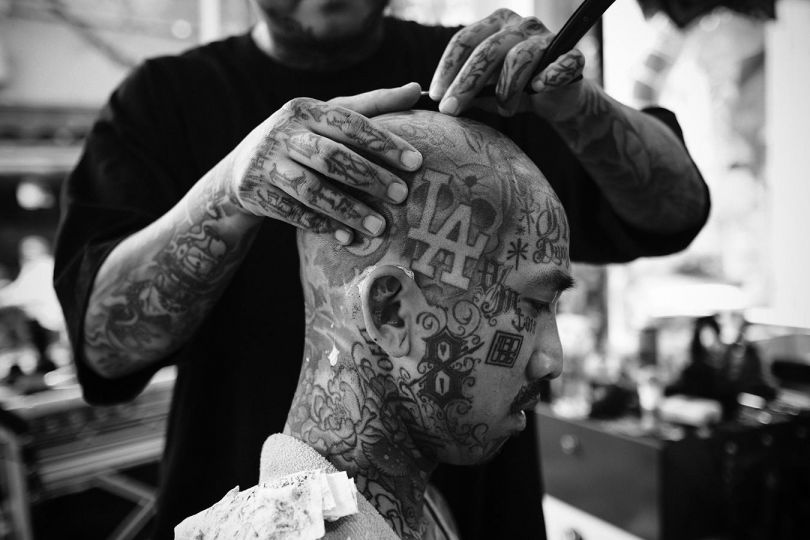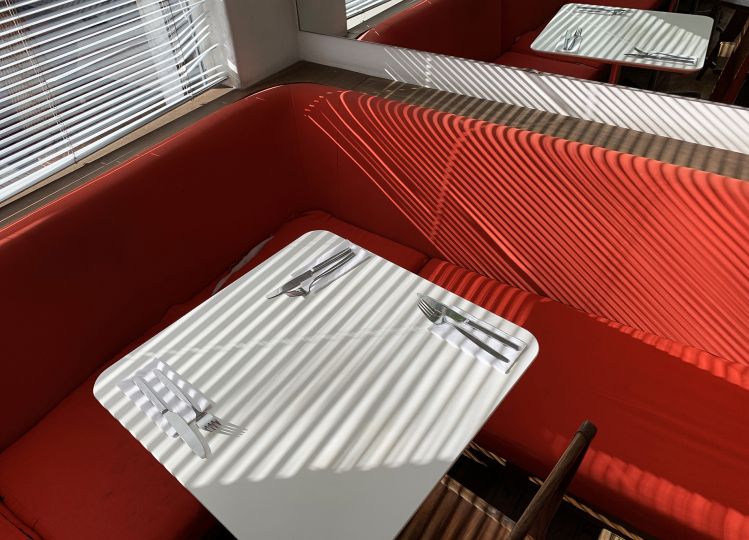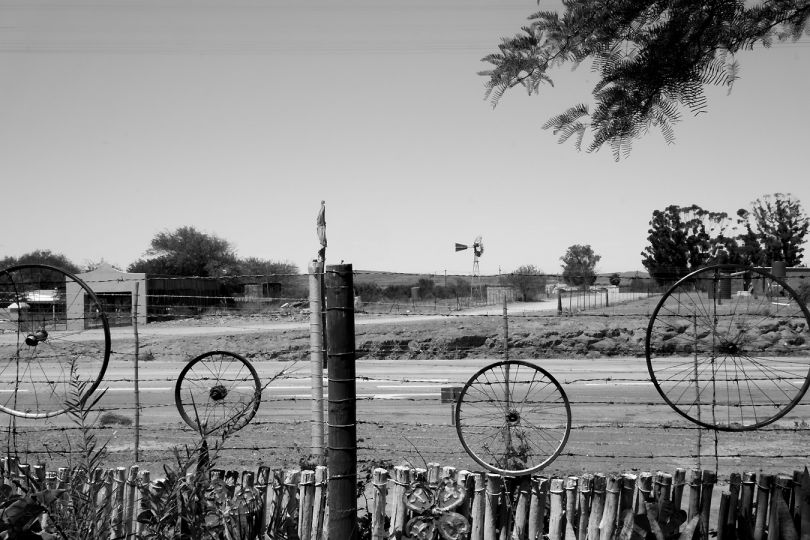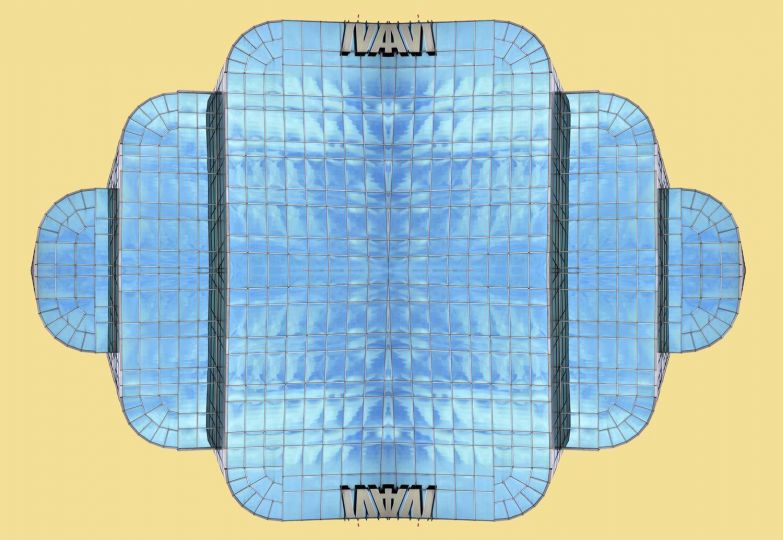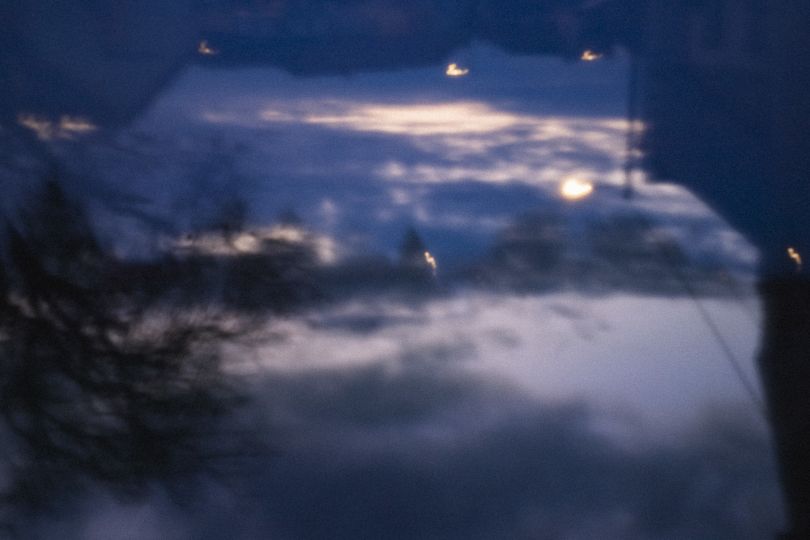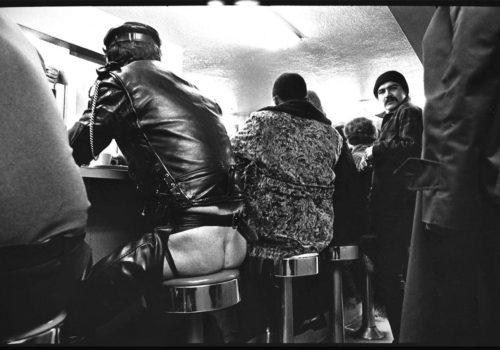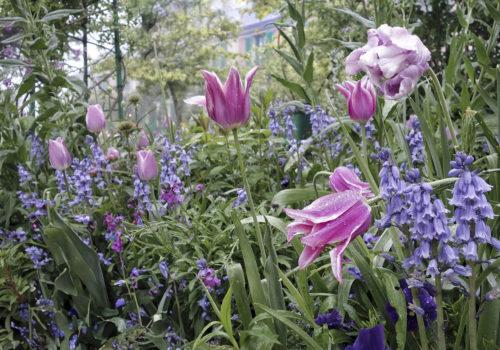ALIVE is my personal concept to reveal the intimate memory of old photos and usual objects entrusted to me by local Cambodian families, forty years after the Khmer Rouge regime.
Since I was a young boy, in Cambodia, I have often heard my parents, siblings, and relatives as they shared their past and painful experiences. In 1975, at the fall of the Lon Nol regime, people couldn’t carry so much of their belongings. They just brought along some clothes, cooking utensils, a few jewelleries and above all, some photographs in order to remember the loved ones.
To hide their previous background, my parents as well as other families, threw away many old pictures, and identity cards. Otherwise, they would have been killed immediately if only one Khmer Rouge soldier had found out who they are, especially well-‐educated people or former government or army officers. Leaving their homes, they abandoned many things behind them. They took certainly a big risk to keep some of their photographs and carry along their memory.
I discovered something that I didn’t know before. I thought that my parents could just dissimulate some pictures in their clothes. Reality was more poignant! All photos were covered in plastic. They buried them under the ground near the place they were staying during the regime. Time and time again, they went discretely to check if these precious fragments of their past life were still there.
Through these black and white photos, I have learned about my parent’s lifetime during the Golden Age of Cambodia in 50s, 60s and 70s. My father had fun with friends when he came to study at Indradevi High School and later on at Agriculture University in Phnom Penh. He dressed and drove an old fashioned motorbike. What I would do myself, years later… “Like father, like son”. I took also a photo from my mother, when she was fourteen. A photographic studio in Battambang took that portrait. I can see how she was so beautiful. Unfortunately, this is the unique portrait remained from her youth.
Most of objects have been used by families before the war, during the Khmer Rouge regime and continued everyday items. Each photograph has a clue that leads to a true story behind each individual object. Krama, old photos, scissors, gold bracelet, rice bowl, kettle, silver belt, perfume bottle, silver spoon, small Buddha statue, vase, pottery, army box… The things have been reclaimed, digging them out of the dirty land after the Pol Pot period, or they have been kept throughout families’ histories.
I wanted to learn more about the personal items from my mother, Mor Rean. One time, she explained to me about her kettle, “We fed the chickens, but we could not eat them. We stole the chicken in the night and cooked it, so we could eat… It is a bittersweet memory, that is why I kept taking care of this kettle, it holds so much souvenirs.”
This project “ALIVE” is fascinating me. My family haven’t left so many things. Well, I have learned that each family have kept something truly different and those objects meant something important for them and have a lot of memory to them.
I met one time, an old lady who has kept a scissors. She was a dressmaker before the war. So, her life has had a long-‐standing experience with this crucial tool. But the most important thing is that all female’s hair had been cut during the regime and these scissors had been used to cut the hair of whole family too.
I have started the series “ALIVE” from my personal family’s memory, first. And henceforth, my purpose consists to expand my project to other families through entire Cambodia. By using photography, to me, it will be my historical research. Now, it is a race against the clock because living witnesses are gradually disappearing.
All these photographs and objects are deeply significant. They are evidence of the past time in history. War can kill victims, but it cannot kill memory of the survivors. The memory should be alive and known and shared for the current research of human being as well as a sensitive heritage for the next generations.
Kim Hak

